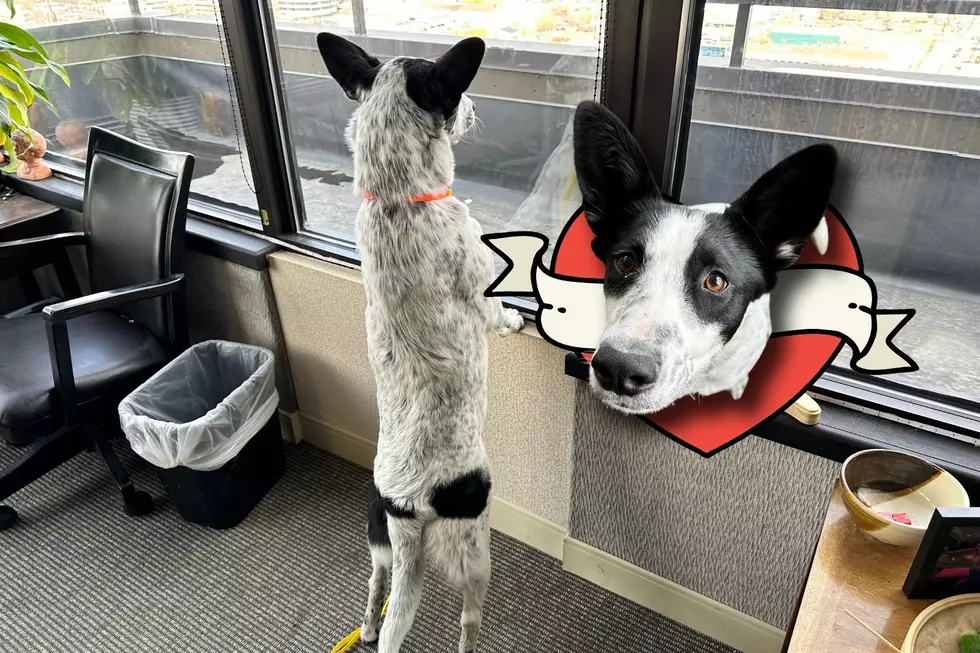
What is The Difference Between a Storm Watch and a Storm Warning?
Montana's severe weather season is off to an early start this year, and that means it's even more important to be prepared and informed. It's important to know the difference between a storm watch and a storm warning. Knowing the difference between the two will ensure that you act accordingly. Today I am going to show you what the difference is.
While the peak severe weather season is usually between June and August, severe weather can happen at any time. In order to help save lives, the National Oceanic and Atmospheric Administration (NOAA) work together with the Storms Prediction Center (SPC) and National Weather Service (NWS) to issue these warnings and watches.
Watches are issued by NOAA’s SPC, while the warnings are issued by the local offices of the National Weather Service. In our area, that would be the NWS in Great Falls.
Severe Weather Watch
A watch means that conditions are favorable for a severe thunderstorm, tornado, or flash flood, depending on the conditions. That doesn't mean that severe weather is imminent, it just basically means that it is possible, and that you should monitor the situation in case a warning is issued, and be ready to act.
The following video will explain further what a watch is.
Severe Weather Warning
A warning means that a dangerous storm is imminent and will threaten a particular area based on reports, radar and other information received by the NWS. If a warning is issued, you should act accordingly, depending on the type of warning. If it’s a tornado warning, that means trained storm spotters, along with radar imagery, has indicated a possible tornado, and you should take action immediately.
Weather Watches and Warnings Websites
More From Mix 97.1









